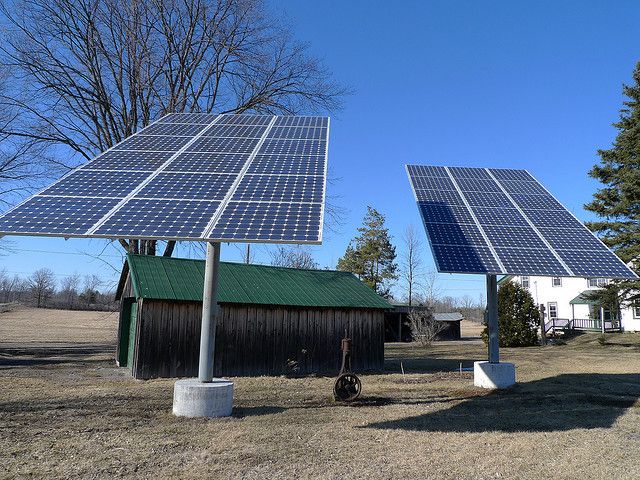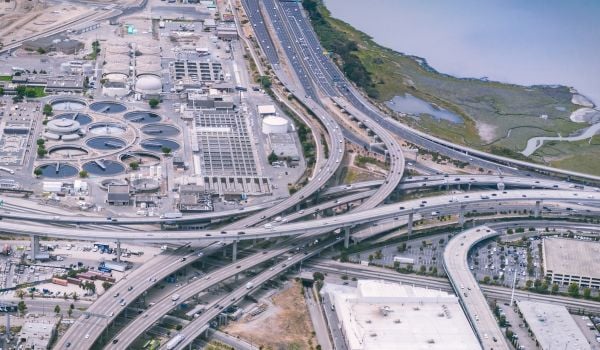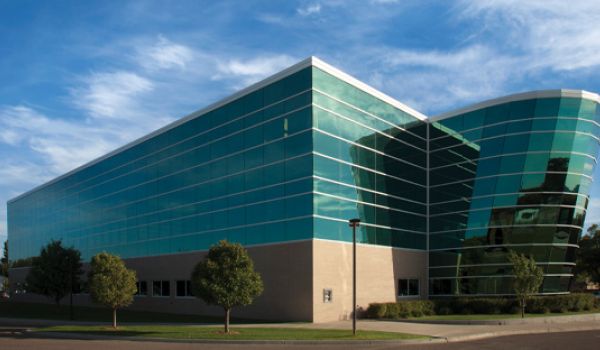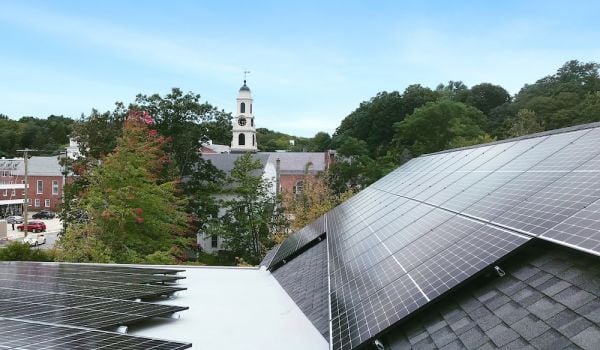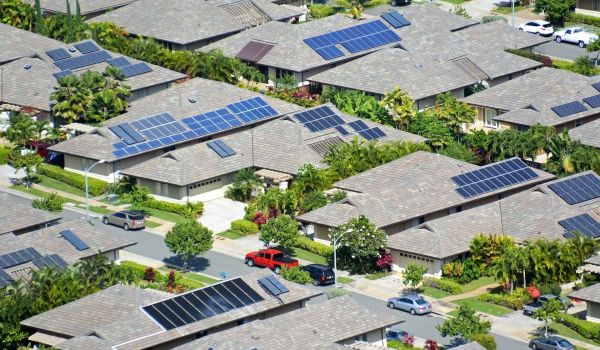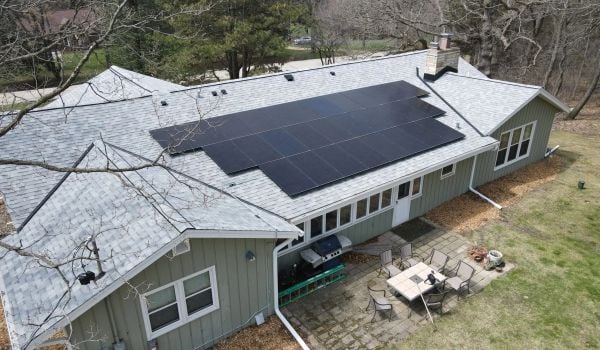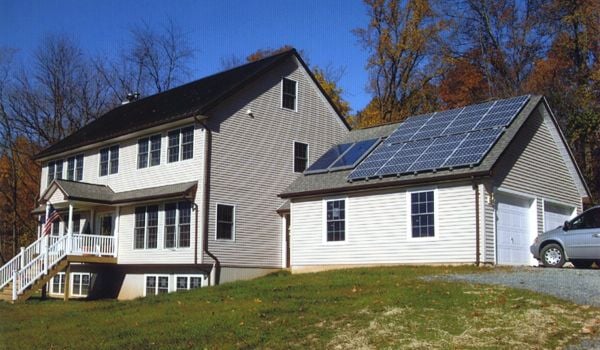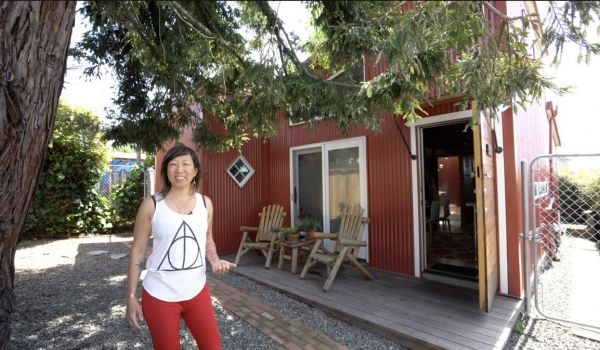This piece originally appeared on Oakland Local.
Reducing dependence on “coal energy” and switching to solar power were the prevailing themes Monday when the Pacific Environment at the California Endowment presented its Bay Area Sustainable Energy 2020 report in Oakland.
The event was packed with green energy advocates along with public officials and representatives from companies like Solaria Corporation.
Bill Powers serves on the San Diego Environmental and Economic Sustainability Task Force and is the author of the BASE 2020 plan. Powers said the report’s main goal was to increase energy efficiency along with reducing peak demand. The proposal’s most aggressive plan included a solar power initiative of “nearly 4,000 megawatts of solar photovoltaic to be installed by the year 2020” in the Bay Area.
A major part of the plan hinged on the implementation of net metering through which consumers could sell excess renewable energy back to companies like PG&E in order to give consumers more incentive to jump on the solar bandwagon. Powers said, in order to make solar power more accessible to homeowners, “the best thing we can do is increase volume to drive down prices.”
In eight years, the state of California could be at a “zero net energy,” meaning homes could be producing as much energy (off the grid) as they consume, according to the report. Powers said he believes that decentralization of energy sources is key to reducing cost and raising efficiency of energy use.
For example, he mentioned a reserve energy storage proposal in which five to 10 houses could draw from a local, battery storage unit and thus reduce the need for maintaining the current “thousands of emergency diesel generators” waiting to be used in the case of a blackout. He explained that storing energy in batteries from solar was a far more cost effective and efficient plan.
Combined heat and power facilities also were a major focus of the event. The report suggests that these plants use a “small gas turbine, engine to fuel cell to generate both electricity and useful heat.” Powers said heat and power plants and PV energy would serve to eliminate the coal power that PG&E currently uses.
It was highlighted at the meeting that, in the past, PG&E reported how much coal energy was being bought. However, recently, the company only shows its suppliers and does not show the actual amount of coal energy used.
The “coal energy has not gone away,” Powers said. In fact, he added, it still remains at nearly 30 percent of all energy sold by PG&E.
Panelist Cisco DeVries, president of Renewable Funding, explained that over the past decade California renewable energy advocates have gone from “playing defense to offense” in the renewable energy market. He said that he and his colleagues are now “fighting for what [they] do want” which he saw as a significant win for alternative energy. However, when asked how he would rate the plan on a scale of 1-10 in terms of feasible implementation, DeVries gave it a 4. He explained that public funding was essential to the success of the plan and he questioned whether legislators would stand behind it, especially when there are cheaper alternatives.
David Hochschild, CEO of Solaria, towards the end of the meeting suggested that natural gas was “the elephant in the room” and remains an effective competitor against renewable energy. Powers countered suggesting that if you look at the true cost of natural gas in terms of communities experiencing pollution from the area’s plant, there was a net gain for solar. Yet, he conceded that the economic viability of natural gas was perhaps the greatest challenge to convincing consumers to invest in off-the-grid renewable energy.
Mill Valley Councilwoman Shawn Marshall, a board member of the Marin Energy Authority, said the major challenges to realizing the proposal were the lack of synchronicity between the private and public sector and cited “regulatory issues” as a major obstruction to collaboration. Panelist Ben Machol, from EPA Region 9, echoed Marshall’s concerns, insisting that “mass cooperation” is essential for the plan to work.
Overall, event speakers maintained an optimistic tone for the future of alternative energy. Hochschild said solar power will become the dominant source of energy “in our lifetime … and California is playing this leading role.”

